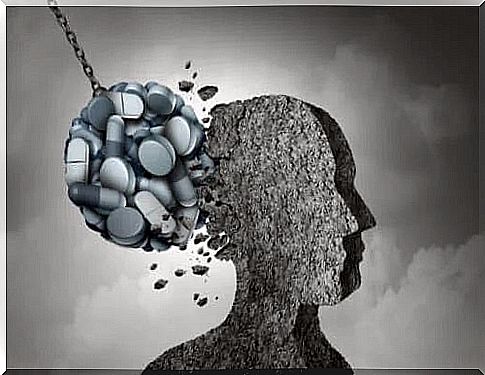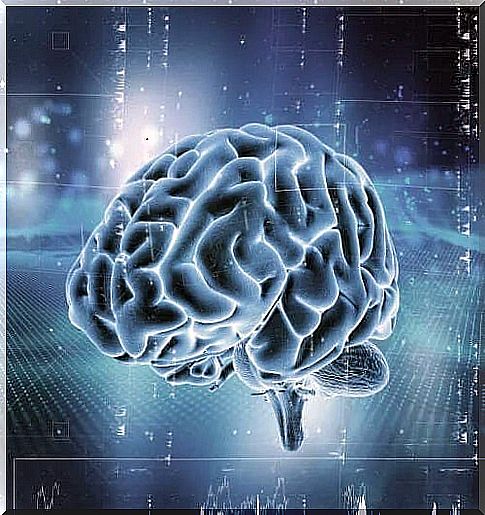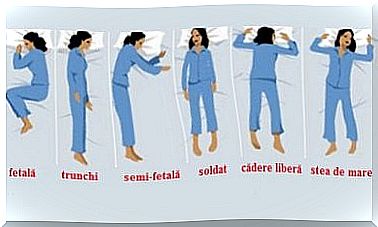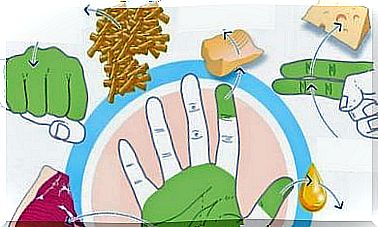Opioid Addiction: Why Does It Occur?

Opioid addiction became a global problem in the 1980s, when people began using these types of drugs at will. Addiction involves both patients and health professionals.
Continued use of a substance can lead to addiction and its main feature is the strong compulsion to consume it. People lose their ability to control the use of the substance despite its harmful consequences. Opioid dependence is a chronic disease with frequent recurrence. It often leads to a significant increase in the chances of death.
There is always a dilemma regarding the use of opioids when prescribing an analgesic regimen based on them. The dilemma arises when evaluating the positive effects of these drugs on pain reduction compared to the negative ones – including addiction or overdose.
In addition, the risk of opioid dependence is greatly increased when medicines are used for recreational and over-the-counter purposes. It does not matter if a person consumes high doses or takes them in other ways than recommended. This risk is aggravated when you take these substances with alcoholic beverages.
Interestingly, doctors were more cautious when prescribing these types of drugs before 1980. Companies published articles with unclear scientific evidence claiming the safety of these drugs. This is exactly what promoted their consumption at will.
Opioid addiction: why does it occur?

Opioid use affects the dopaminergic system of the brain, which is responsible for controlling dopamine levels. This is the substance involved in many processes that take place throughout the body. Repeated stimulation changes the plasticity of the brain.
Plasticity is one of the main characteristics of the human brain. This feature is exactly what allows it to recover and restructure. Neuroplasticity allows neurons to regenerate both anatomically and functionally and to form new connections.
If something happens that affects the plasticity of the brain, self-control decreases when it comes to obtaining and compulsive consumption of certain substances. This compulsion to seek and consume a substance is what we know as addiction.
Characteristics of opioid dependence

People with a mental disorder become more vulnerable after taking opioids. There are studies that confirm these claims. About 90% of people with opioid dependence have a mental disorder. The most common are:
- Alcoholism
- Anxiety disorders
As mentioned above, the risk of addiction also increases when you use opioids for purposes other than those for which they were prescribed, either in higher doses or by a route other than oral. Another way to abuse opioids is to use them with other substances or alcohol. All these substances can interact synergistically, increasing the risk of overdose.
Conclusion
It is essential that doctors are trained in the correct use of these medicines. In addition, anti-drug campaigns are essential to prevent such problems.









